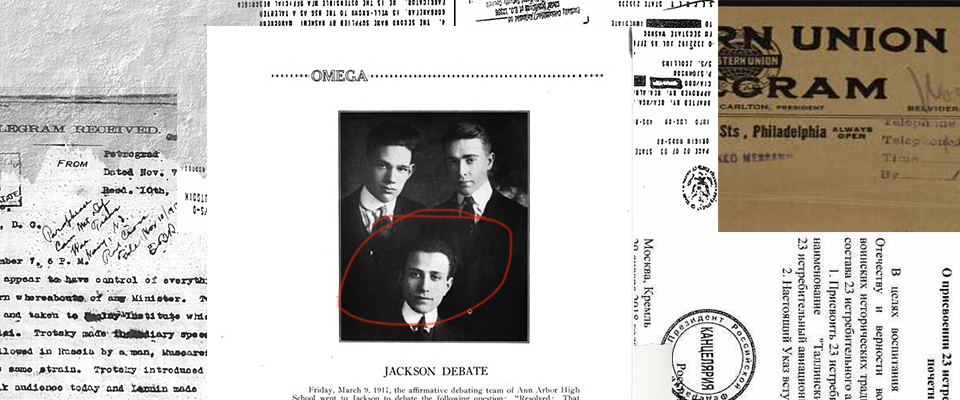Dara O’Rourke, associate professor in Environmental Science, Policy, and Management, thought of himself as a pretty well-informed consumer. He’d spent years studying global supply chains, after all. But after learning that the sunscreen he’d been using on his daughter contained unsafe chemicals, O’Rourke decided to develop a resource that would provide readily accessible product information to shoppers.
The result is a website called Good Guide, which debuted last September at the TechCrunch 50 Conference in San Francisco. For now, the website is still in beta, and O’Rourke’s company hopes to solicit feedback from Internet surfers and focus groups before expanding the database beyond the first two product categories: personal care and household chemical.
Each product on the site (there are currently more than 60,000 listings) is rated on a scale of ten, with individual ratings taking into account health, environmental, and social considerations. Accompanying text advises consumers about specific ingredients to be on the lookout for. In the case of shampoos and conditioners, for example, the site cautions that they sometimes “contain a preservative called sodium methylparaben, a toxic chemical that the European Union has banned for use in cosmetics.”
Ultimately, the Good Guide plans to launch an iPhone and text-messaging application that will allow consumers to access product ratings and information even as they shop. Granted, those ratings are only as good as the available data and the algorithms that crunch it. But although serious challenges remain in terms of filling holes in the data and standardizing the results, O’Rourke has little doubt about the demand for his product.
“At the end of the day,” he says, “no one wants toys in their house with lead.”


















